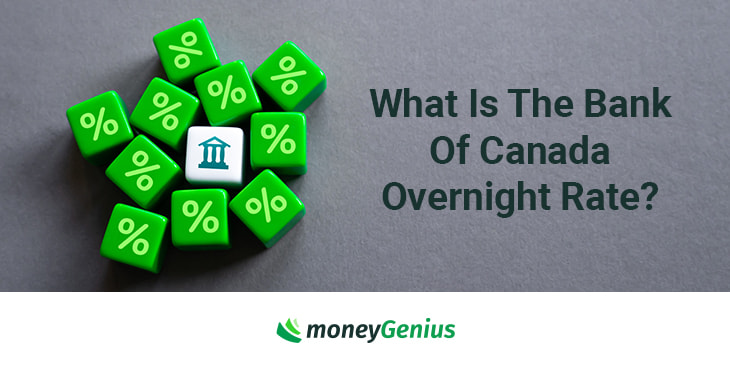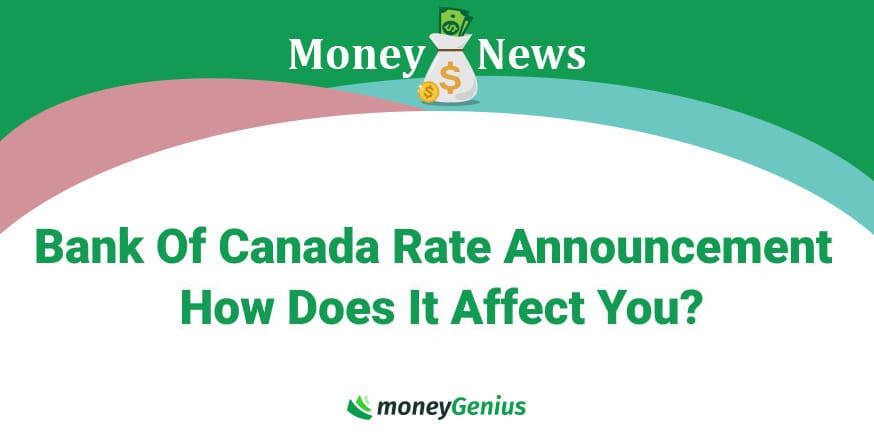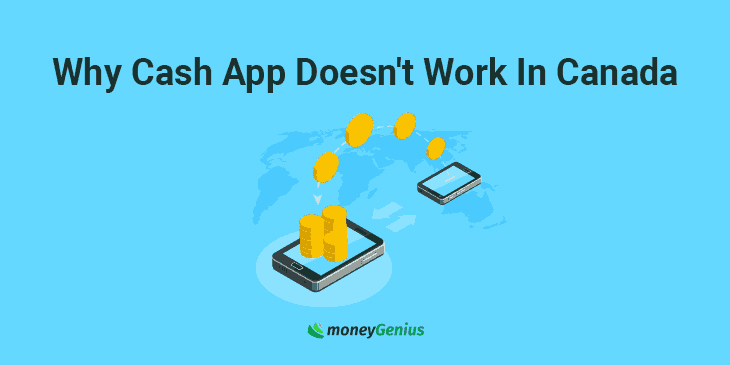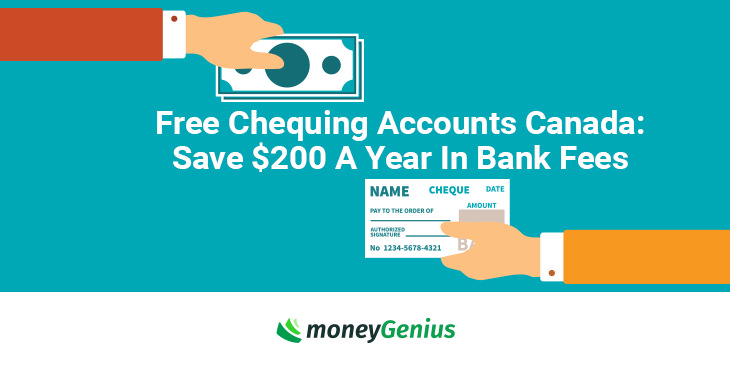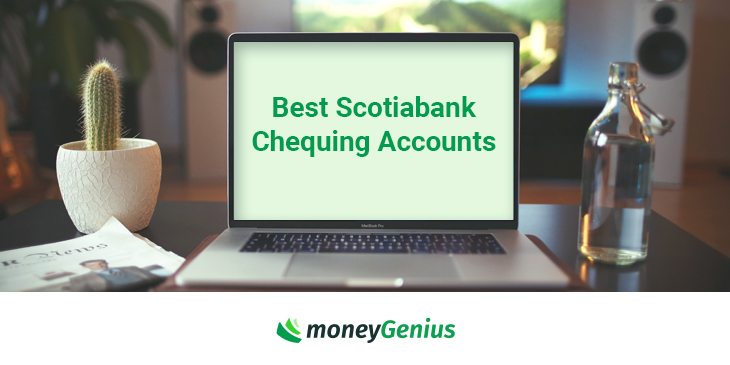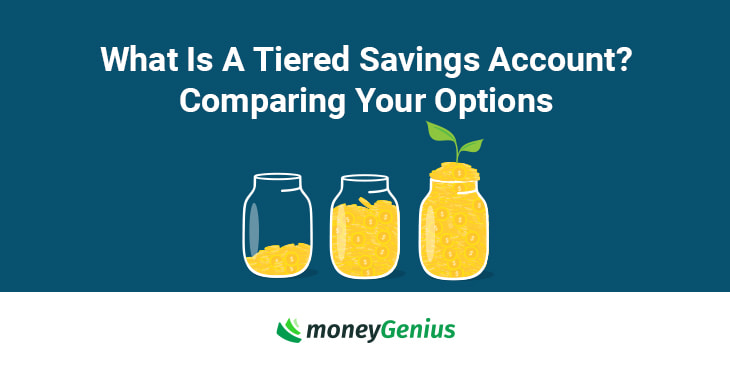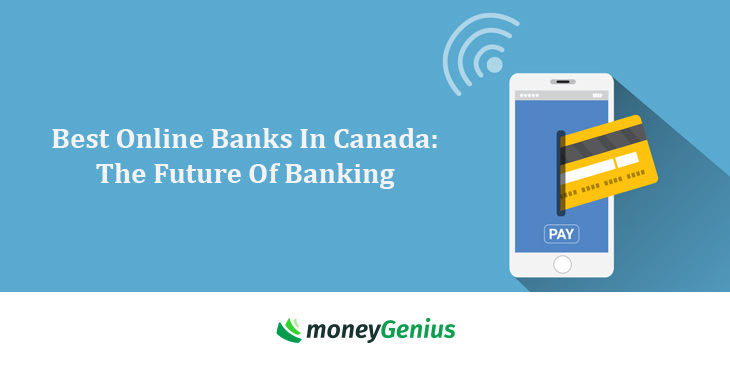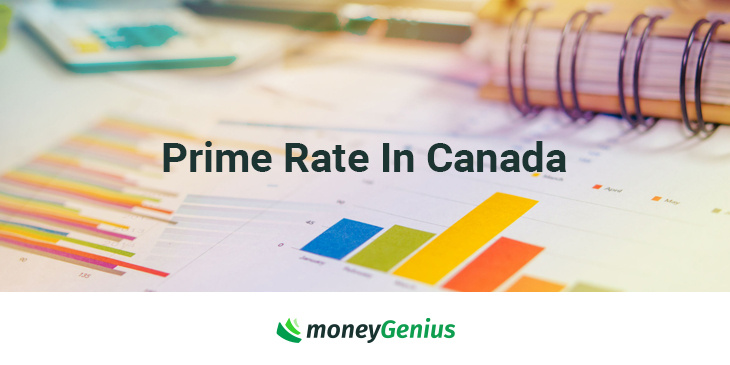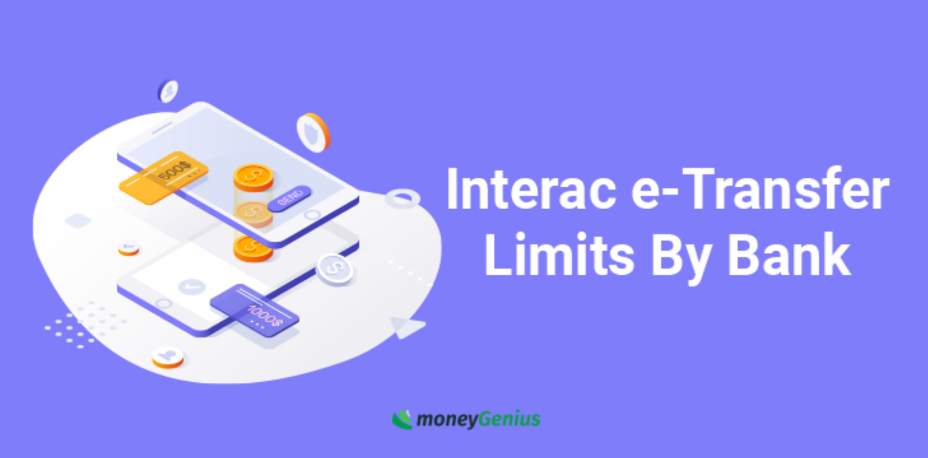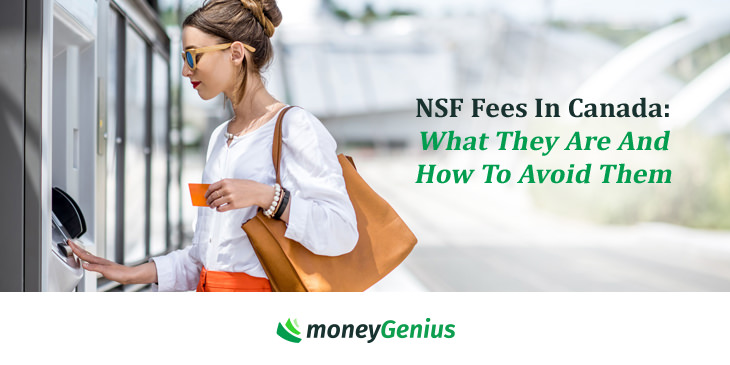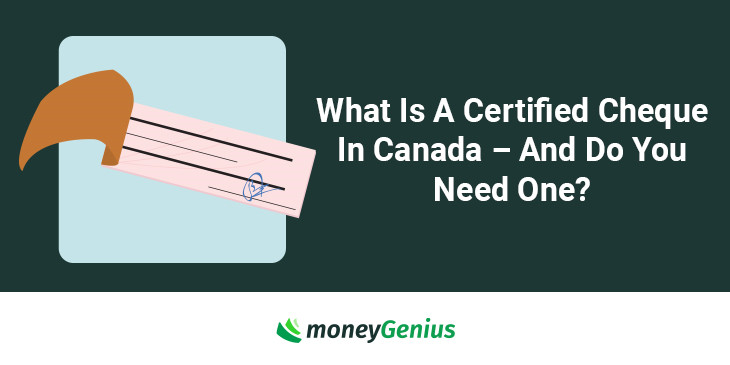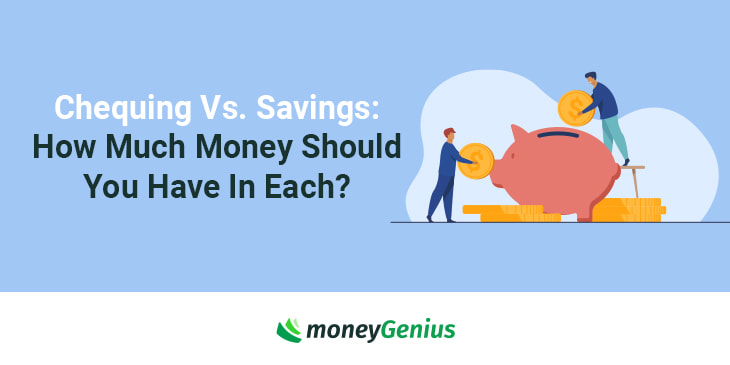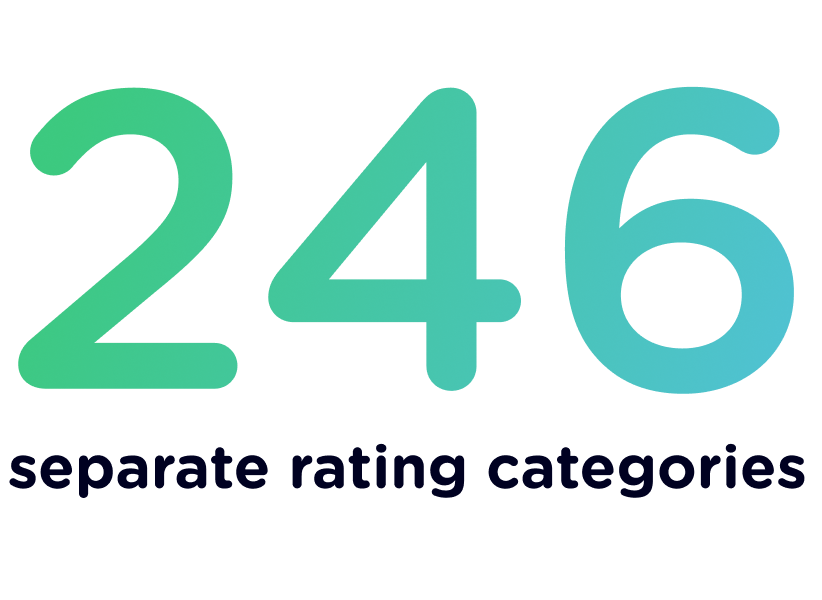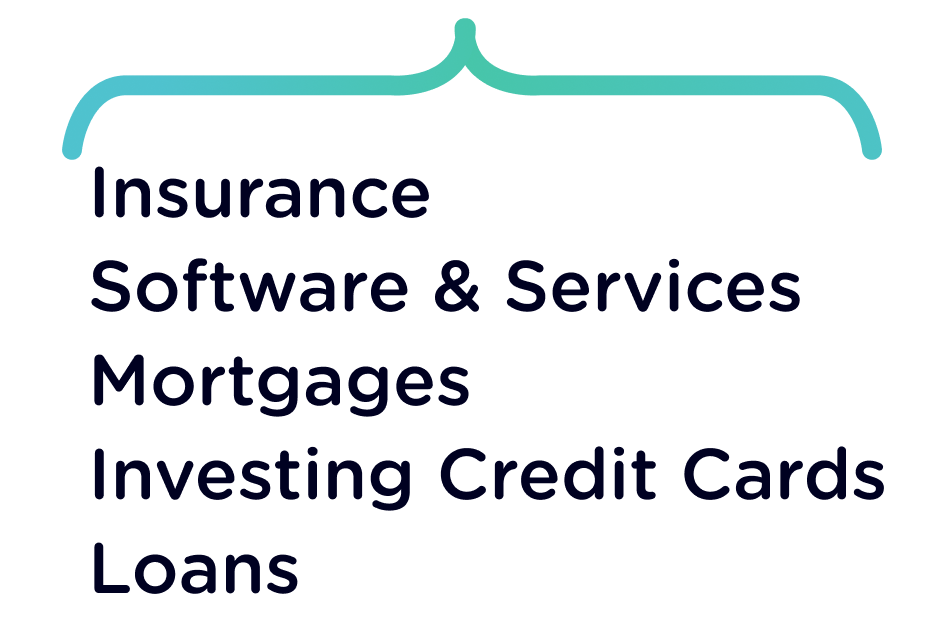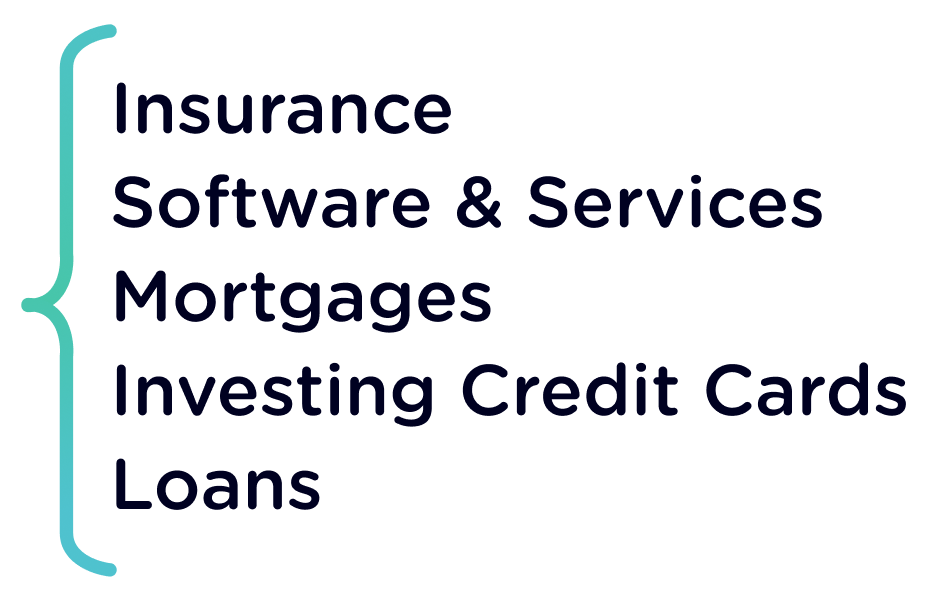There is no shortage of banking options in Canada, from major national institutions to online-only banks. Understanding the different types of banks, their services, and what each one offers is the first step in finding the best fit for your financial needs.
Whether you're seeking a bank with physical branches, low fees, or high interest rates, it's important to consider your personal preferences and goals. In this guide, we'll walk you through everything you need to know about Canadian banking and help you make an informed decision.
Key Takeaways
- Banking in Canada is dominated by the Big 5 banks – Scotiabank, CIBC, RBC, TD, and BMO.
- There are plenty of other banks to choose from, including more modern online banks, like Tangerine and Simplii.
- Making sure you have the right bank account for your needs means ensuring that your financial foundations are strong.
What is banking?
"Banking" refers to the practice of handling financial transactions, both for individuals and financial institutions. It can include activities like these and more:
- Making and accepting deposits
- Making and dispensing withdrawals
- Lending money
- Currency exchange
- Payment processing
- Making and managing investments
Most of these transactions begin with and require the assistance of a financial institution – a bank.
What is a bank?
A bank is a for-profit financial institution, usually owned by investors, that accepts deposits from people and various entities and works to safeguard these funds. They also provide various financial services, such as:
- Lending money
- Facilitating payments
- Issuing debit cards and credit cards
- Offering investment products
- Providing wealth management services
Types of banks in Canada
There are 3 main types of banks in Canada: big banks, credit unions, and online banks. Each type usually offers a range of services, with big banks providing the most flexibility, credit unions offering more specialized services, and online banks capitalizing on low overhead costs to provide high rates of return and low fees.
Big 5 banks
When it comes to the big banks, here's a list of the main offerings in Canada:
- Bank of Nova Scotia (Scotiabank)
- Bank of Montreal (BMO)
- Toronto Dominion (TD)
- Canadian Imperial Bank of Commerce (CIBC)
- Royal Bank of Canada (RBC)
- National Bank
Credit unions
Credit unions tend to be focused on a specific province or territory. They do provide physical locations and most of them have a decent online presence as well. You may have to buy a share in the company in order to become a member, but the fee is usually nominal and you get access to specialized services for your area.
Finally, online banks tend to have little or no physical presence at all. But the upside of that is they pass on the overhead cost savings to you through higher returns and low fees. A lot of these banks are also subsidiaries of bigger banks or credit unions, which means they're still backed by financial institutions you can trust.
Online banks
Online banks have little or no physical presence at all. But the upside of that is they pass on the overhead cost savings to you through higher returns and low fees. A lot of these banks are also subsidiaries of bigger banks or credit unions, which means they're still backed by financial institutions you can trust.
Examples of major online banks include:
- Tangerine (owned by Scotiabank)
- Simplii (owned by CIBC)
- Alterna
- Laurentian
- Motusbank
Which type of bank is right for you?
Here are the pros and cons of big banks, credit unions, and online banks:
| Type | Big banks | Credit unions | Online banks |
|---|---|---|---|
| Pros | * Lots of branches available nationwide for physical interaction * A wide selection of banking products, from bank accounts, to mortgages, to investments | * Branches available * Specialized services for your area * Tend to offer better rates than big banks | * Most of them are no fee * Higher interest rates on savings accounts and GICs |
| Cons | * Higher fees * Lower interest rates | * If you move, you may need to change banks * More limited banking selection | * No (or very little) physical presence, so all customer service is done online or over the phone * More limited banking selection |
Banking services in Canada
The main services offered by banks in Canada include:
- Chequing accounts
- Savings accounts
- Credit cards
Once you get into major banks with a lot of options, you'll also start seeing investments, mortgages, loans, and even insurance thrown in the mix.
Understanding, choosing, and opening your chequing and savings should be a priority when you're starting out. These accounts will give you a place to receive money, make payments, and save for a rainy day.
Chequing accounts
Chequing accounts are ideal for keeping the money you'll be using on a day-to-day basis. A mid-tier chequing account is a good place to start as they usually offer unlimited transactions with your debit card, making it easy to access the money in your account.
To determine which chequing account is right for you, you'll need to understand what's offered. In Canada, most big banks offer a selection of chequing accounts:
| Type of chequing account | Features |
|---|---|
| Ultra-basic account | * Very low monthly fee (usually around $5) * Includes a debit card * Includes approximately 10 - 12 free transactions per month * A small number of free Interac e-Transfers may be included |
| Basic account | * Low monthly fee (usually around $10) * Includes a debit card * Includes approximately 25 free transactions per month * A small number of free Interac e-Transfers may be included |
| Mid-tier account | * Middling monthly fee (usually around $15) * Unlimited free transactions * Free Interac e-Transfers * May include benefits such as small credit card fee waivers and/or a low number of free non-affiliated ATM withdrawals |
| Premium account | * High monthly fee (usually around $30) * Unlimited free transactions * Free Interac e-Transfers * A suite of perks and benefits, including full credit card fee waivers and/or unlimited non-affiliated ATM withdrawals |
| Hybrid account | * No monthly fee * Earn interest on your balance * Includes a debit card or prepaid credit card * Unlimited transactions * Sometimes provides bonus rewards |
| Kids' account | * For young clients (usually age 19 and under) * Low or no monthly fee * Includes a debit card * Low or no minimum balance requirements |
| Student account | * For students up to a certain age (usually 25) * No monthly fee * Requires proof of enrollment * Includes a debit card or prepaid credit card * Unlimited transactions |
| Senior account | * For older clients (usually age 60 and up) * Includes a debit card * Low or no minimum balance requirements * Free or discounted perks and amenities |
| Business account | * For corporations, sole proprietorships, etc. * Monthly fees can vary * Offers extra features and benefits to help manage your business |
There are several more niche types of chequing accounts, but these are the most commonly used.
Savings accounts
Savings accounts are a place to store some extra cash you want to make sure is easily accessible, but don't want to use right away.
You may earn a small percentage of interest on every dollar you keep in the account. Online banks tend to have much better interest rates than the big banks.
These numbers tend to fluctuate along with the prime rate, but the fact that online banks have higher rates is usually always true.
This table lists common types of savings accounts in Canada and their main features:
| Type of savings account | Features |
|---|---|
| Standard account | * No monthly fee * Earns minimal interest * No minimum balance requirements * Limited to no included transactions * Free transfers to other accounts within the same bank |
| High interest account (HISA) | * No monthly fee * Earns high interest * Possible minimum balance requirement for maximum interest rate * Limited to no included transactions * Free transfers to other accounts within the same bank |
| Tax free account (TFSA) | * No monthly fee * Limits on annual contributions * Income earned in the account is tax-free * Can hold various investment types |
| Tiered account | * No monthly fee * Varying interest rates that correspond with different balance amounts * Free transfers to other accounts within the same bank |
| U.S. dollar account | * Hold U.S. funds instead of CAD * Earns minimal interest * Avoids transaction and currency fees on withdrawals |
Again, there are more types of savings accounts than what's listed here, but these are the most commonly used.
Tips for choosing the right bank
Whether you're new to Canada or have been using the same bank your whole life, making sure you're working with the right bank is as important as it is overwhelming. You have so many options at your fingertips.
In order to choose the right bank for you, here are a few things to keep in mind:
- You don't need to do all your banking in one place. You can easily move money between banks to fund a savings account, pay off your credit cards, or buy investments. There's no real reason to stick with one bank when you have so many options available, except slightly increased convenience.
- Decide if not having physical locations is a deal breaker for you. Online banks offer a lot of convenience, but some people just don't like the idea of never being able to walk into a branch to speak with someone directly, especially when it comes to their money.
- If you want physical locations, make sure there's a convenient branch near you. If you decide you do need a physical branch, check out the bank locations around where you live and work to see if you have convenient access. This will make it easier for you to step in quickly on your lunch break.
- Compare each product. Before you open a banking product, make sure you check out what's being offered at each bank you're interested in. You may find better welcome bonuses, interest rates, fees, and more just by a quick skim through their websites.
Opening a bank account in Canada
Opening a bank account is usually pretty simple and can even be done completely online. That said, there are usually two requirements: have a certain ID available and be the age of majority in your province (which is either 18 or 19).
The main options for providing ID are at least two of the following:
- Driver's license
- Canadian passport
- Birth certificate
- Social Insurance Number (SIN)
- Old Age Security card
- Certificate of Indian Status
- Provincial/territorial health insurance card
- Certificate of Citizenship
- Permanent Residence card
If you don't have two available from the above, there are certain alternatives that can be used in their place.
To learn more, see: Identification you need to open a bank account.
Once you have your ID ready, all you have to do to open a bank account is follow the instructions on the website or visit a branch. It'll be a pretty simple process that the bank will walk you through.
Featured chequing account
A cornerstone of banking in Canada is your chequing account. But do you want a chequing account that does a lot more than just store your money?
The Scotiabank Ultimate Package is the best chequing account in Canada and has a long list of perks to enjoy, including:
- Unlimited transactions and transfers
- Free cheques and bank drafts
- Scene+ points on debit card purchases
- 10 free equity trades in Scotia iTrade
- Select credit card rebates
- Free safety deposit box
- Special interest rates on savings and GICs
Right now, you can also earn a $700 welcome bonus and $100 in GeniusCash for opening the account.
Learn more here:
The Scotiabank Ultimate Package is the chequing account that offers everything. From unlimited transactions, credit card fee waivers, a free safe deposit, rewards on debit purchases, increased interest rates on GICs and savings accounts, and more, this account includes everything you might need from a chequing account.
- Get a $100 GeniusCash boost
- Get up to $700 in welcome bonus cash
- Unlimited transactions
- Plenty of physical bank locations
- Save money on premium credit cards
- Exclusive rates and fee rebates for other accounts
- Earn rewards
- Minimum balance to waive fee
- High monthly fee
- Minimum balance is a wasted investment opportunity
- You may still be charged for non-Scotiabank ATM withdrawals
- You must be at least 16 years old
- A Canadian resident or you're here for work or study
- Opening this account in your own name
 $100 GeniusCash + Get up to a $700* welcome bonus + Up to $150 annual credit card fee waivers.
$100 GeniusCash + Get up to a $700* welcome bonus + Up to $150 annual credit card fee waivers.- Earn Scene+ points on debit transactions
- No monthly overdraft protection fee
- Unlimited free Scotia International Money Transfers
- Up to $150 annual fee waiver each year on select credit cards
Featured savings account
Having a savings account is one of the easiest ways to keep your money accessible while still earning a return on every dollar you spend.
Right now, the KOHO Earn Interest account is ranked the top savings account in Canada. This is partly due to its 3.5% interest rate, but also because you can use the linked prepaid card to earn cash back on anything you spend. Essentially, this is a hybrid account that lets you earn on both ends.
Find out more here:
Want a savings account that consistently has one of the best rates in Canada? You'll want to check out KOHO Earn Interest With The KOHO Prepaid Mastercard, which gets you up to 3.5% interest, depending on your subscription level.
- No transaction fees
- Earn 3.5% interest on every dollar
- Comes with a free cash back prepaid Mastercard
- Supports major digital wallets
- Free app for tracking spending and setting savings goals
- Automate your savings with RoundUps
- Monthly fees
- You must meet your province's age of majority
- Comes with a KOHO Prepaid Mastercard which you can upgrade for even more perks
- Earn up to 6.5% cash back on your spending
- Free app for setting saving goals and tracking spending
- Savings paid on a monthly basis
- KOHO International Money Transfer allows you to send money abroad to people in over 190 countries, right from your KOHO balance
Want the chance to earn even more interest on your money, while also squashing the temptation to use your funds before your goals are met? The Scotiabank MomentumPLUS Savings Account is one of the most unique savings accounts out there, providing some of the greatest advantages of keeping your money in savings – and it's backed by one of the biggest banks.
With this account, you can earn up to 3.1% interest on your money, but the caveat is you have to lock in parts of your funds into premium periods (up to 360 days), which earn extra interest.
See more here:
With one of the highest savings rates you can get from a big bank account, the Scotiabank MomentumPLUS Savings Account packs some serious punch for your money. Right now, you could get up to 4.75%* interest for the first 3 months on your savings.
- Savings goals with bonus interest rates
- Multiple savings goals, one account
- Bonus interest rates
- No monthly fees
- Unlimited free self-service transfers
- No minimum balance
- Money is locked in if you want the bonus interest rate
- No free Interac e-Transfers
- No free debit transactions
- Save for multiple goals at once
- Tiered Premium Period interest rates
- Unlimited tree transfers between Scotiabank accounts
Editorial Disclaimer: The content here reflects the author's opinion alone, and is not endorsed or sponsored by a bank, credit card issuer, rewards program or other entity. For complete and updated product information please visit the product issuer's website.
FAQ
What's the best bank in Canada?
The best big bank in Canada is Scotiabank, with a huge product catalogue and partnership with the Scene+ program. The best online bank is Tangerine, which also offers many products and has an excellent free chequing account.
What should I look for when choosing a bank account?
Important things to look out for are whether the number of free transactions available suits your needs, whether there are convenient branches or ATMs near you, and whether the products and offers are the best on the market.
What are the types of bank accounts available in Canada?
The two most commonly used types of accounts are chequing accounts and saving accounts, for either savings or spending your money. Hybrid accounts are another type of account that combines the features of both savings and chequing accounts.
How do I open a bank account in Canada?
Opening a bank account in Canada is simple and can usually be done online. Simply go to the bank's website and follow the instructions to open an account – or you can visit a branch to get it done in person.
What's the best savings account in Canada?
If you just want the highest interest rate in Canada, you're best off going with an online bank. The Motive Savvy Savings Account account, for example, offers 2% interest on every dollar.
How do savings accounts work?
You earn interest on the money held within the savings account – it's usually calculated daily and paid out monthly. The bank then loans this money to other people, charging them higher interest and paying you your promised interest.
What types of savings accounts are there?
There are several types of savings accounts, but the most commonly used include standard accounts, HISAs, TFSAs, tiered accounts, and US dollar accounts. They all hold your money and earn interest, but some earn more than others.
What's the difference between chequing vs. savings accounts?
Chequing accounts usually emphasize transactions over earning interest and are mostly used for day-to-day purchases. Savings accounts prioritize interest rates over ease of access since you're meant to use them as a safe place to store your money.
Should I go with an online bank?
Online banks tend to offer lower fees and higher interest rates, but slightly less convenient customer service since you can't visit a physical branch location. Most maintenance tasks and transactions are made via an app or your online banking portal.
What are the Big 5 banks in Canada?
The big 5 banks include Scotiabank, BMO, TD, CIBC, and RBC. While it doesn't have quite the same coast-to-coast reach as the others, some sources add the National Bank of Canada to this category as well.
Can a foreigner open a bank account in Canada?
There are cases where you can open a bank account even if you're not a Canadian citizen. If you live in another country but want a Canadian account, simply contact your chosen institution and ask about its account holder requirements.
More banking products
Want a look at the best banking products from some of the best banks in Canada?
Take a look at our reviews:
Scotiabank Ultimate Package
 $100 GeniusCash + Get up to a $700* welcome bonus + Up to $150 annual credit card fee waivers.
$100 GeniusCash + Get up to a $700* welcome bonus + Up to $150 annual credit card fee waivers.EQ Bank Personal Account
BMO Premium Chequing Account
 $50 GeniusCash + $700 in cash + a Walmart Delivery Pass Subscription for up to 12 months*. *T&Cs apply.
$50 GeniusCash + $700 in cash + a Walmart Delivery Pass Subscription for up to 12 months*. *T&Cs apply.






